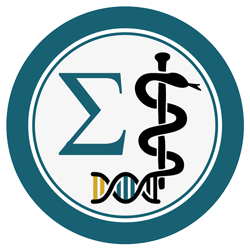The term biofilm is a relatively new (1978) generic term for aerosols of all material types that adhere to each other forming micro-communities which are mainly found on solid and liquid surfaces, both in the natural and human environment. The inherent interactive process between the micro-material (mainly bacteria and other microorganisms) constitutes a life cycle that creates a protective matrix/layer of extracellular polymeric substances (EPSs). In the right set of circumstances, a more specific viral biofilm can provide an ideal protected environment for virulent pathogenic material to evolve and even form mutations/variants.
Globalisation as well as human incursion into animal habitats, unnatural environments sheltered from nature’s forces and the non-selective breeding habits establishing a plethora of diseases have all contributed to a geometric scale of infectious disease outbreaks.
We at Protlab GPL have written an article to highlight the influence of viral biofilms as disease reservoirs that could account for the formation of the SARS-CoV-2 Virus and especially mutations/variants. Biofilms are potential disease reservoirs and, as WHO researched and published, fomite transmission can be a significant factor from surface contact which is from biofilms. We feel that the importance of biofilm, considering that the WHO’s report was inconclusive, is highly relevant and significant.
By Nicholas JH Stephenson B.Ed. – 30 years Senior Health Executive in the NHS and Independent Sectors; Healthcare Business Creation Consultant & Director of Protlab GPL, Ltd
Categories
